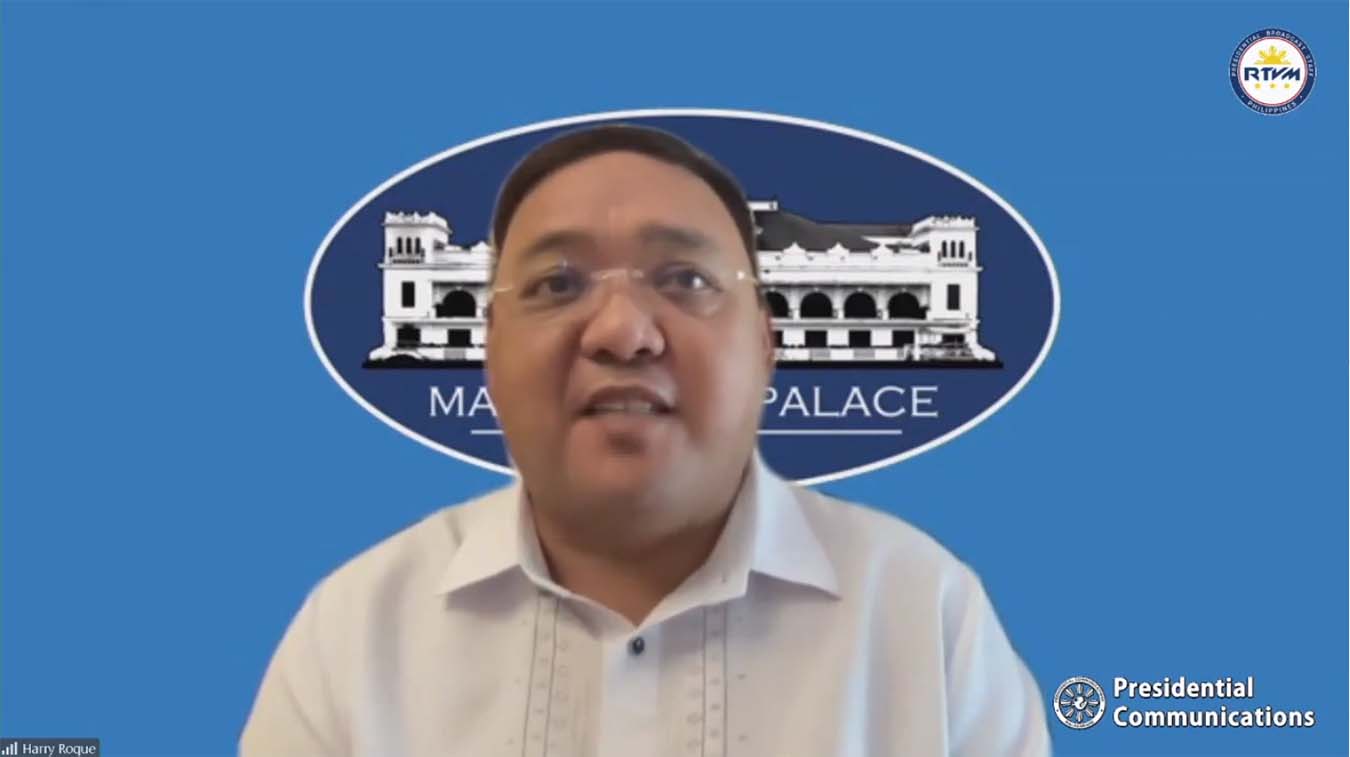
The additional restriction measures that the Inter-Agency Task Force (IATF) recommended and were approved by President Rodrigo Roa Duterte to address the rise in COVID-19 cases aim to reduce the number of new cases reported daily by as much as 25 percent after the two-week implementation period, which started today, March 22, 2021.
This is the goal of the national government in the next two weeks said Presidential Spokesperson Secretary Harry Roque Jr during his press briefing today. “Ang target natin minimum 25 percent reduction but we are hoping for more kaya nga po dinadaan na rin natin sa pakiusap,” said Secretary Roque.
The Palace official added, “Bagama’t hindi po kayo pinagbabawalan lumabas sa inyong mga tahanan sa loob ng NCR plus bubble, sana po kung hindi naman kinakailangan lumabas ay manatili na lang po sa ating mga tahanan kasi ang nais natin ay mas malaki pa sa 25 percent po ang mabawas sa mga kaso.”
Citing Department of Health data, specifically the Confirmed COVID-19 Cases by Adjusted Date of Onset, as of March 20, 2021, Secretary Roque said that the Philippines has surpassed the peak that was seen in August 2020, with most of the cases coming from Metro Manila and Region 4A.
Looking at the New Confirmed Cases per Day by Report Date from January to March, as of March 20, 2021, the Philippines is reporting 5,646 new cases per day on the average, which is 3.5 times higher for new cases this March compared to January, said Sec. Roque. Also, the Palace spokesperson said that the National Capital Region (NCR) has set a new peak in terms of Weekly Cases by Date of Onset of Illness.
The concurrent IATF spokesperson also explained the identified reasons that are driving the surge in new COVID-19 cases. He said that an increase in the R-naught or the reproduction number (Rt) is driven by several factors including the presence of new variants.
To reduce the number of cases and to prevent the infection from spreading to different parts of the country is the reason why NCR, Bulacan, Cavite, Laguna, and Rizal were put in a bubble for two weeks, where only essential travel into and out of the said areas will be allowed. Additional restrictions like prohibition of operations of certain industries and activities like indoor dining, no mass gatherings, among others were also put in place to help curb the rise in COVID-19 cases.
Infectious disease specialist Dr. Edsel Salvana, who is also director of the Institute of Molecular Biology and Biotechnology at the University of the Philippines-Manila National Institutes of Health, said that the science behind the said measures is really to decrease the mobility of people in order to reduce the infection rate.
Dr. Salvana added that aside from increased mobility due to a more open economy, the presence of new variants in the country could have had an impact as well in the current increase in the number of cases.
Meanwhile, Metropolitan Manila Development Authority (MMDA) Chairperson Benjamin Abalos Jr said that granular lockdowns are continuously being implemented in LGUs in the NCR, which he said the mayors feel is more effective.
The MMDA Chair added that granular lockdowns limit the clustering in cases and assistance is being provided by the LGUs, while the healthy population can still go to work.
Meanwhile, Philippine National Police (PNP) Officer-in-Charge General Guillermo Eleazar said that the PNP has already issued a directive to its unit commanders on the placement of quarantine control points in borders and other entry and exit points along the bubble to ensure that no one who is not doing essential travel will be able to go in and out of the bubble.
Gen. Eleazar added that within the bubble, like in the NCR, there will also be quarantine control points that will possibly random check compliance to the IATF guidelines and minimum health protocols. ### OPS-PCOO

